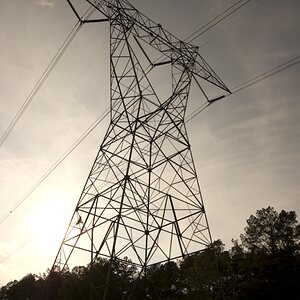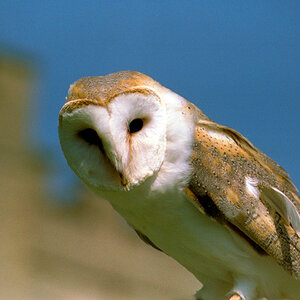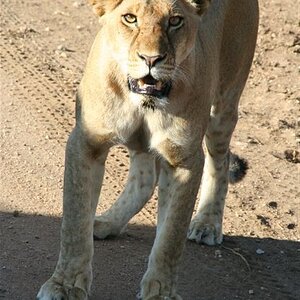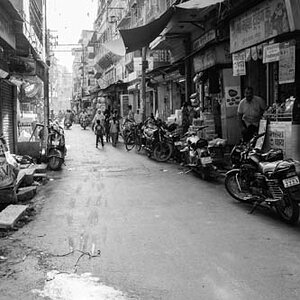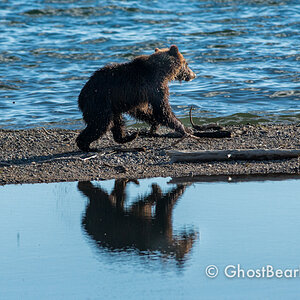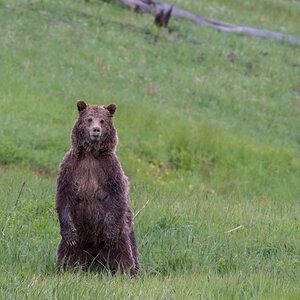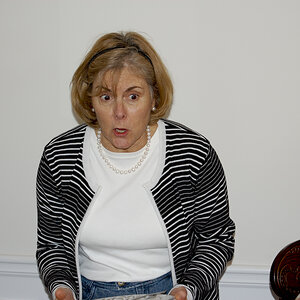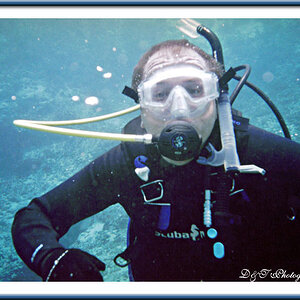311Photo
TPF Noob!
- Joined
- Oct 12, 2016
- Messages
- 51
- Reaction score
- 12
- Can others edit my Photos
- Photos OK to edit
Hi, friends!
I've recently been shooting more portraits, trying to get experience in that arena. My problem is that the two lenses I own (I think they are the EF-S 18-55mm f/3.5-5.6 IS Lens and Canon EF-S 55-250mm f/4.0-5.6 IS Telephoto Zoom Lens) that came in the package deal when I bought my camera (Canon EOS Rebel T2i) several years ago do not go below about f/5.0.
Do I have the wrong settings that are preventing it from going any lower? I see that the aforementioned description states that they do, but I have not been able to achieve that.
I've been reading that the best f-stop for portraits is 2.5ish. So what lens do I need to invest in for portrait photography that will enable me to accomplish the desired settings?
Any help you guys could be provided would be much appreciated, as always!
I've recently been shooting more portraits, trying to get experience in that arena. My problem is that the two lenses I own (I think they are the EF-S 18-55mm f/3.5-5.6 IS Lens and Canon EF-S 55-250mm f/4.0-5.6 IS Telephoto Zoom Lens) that came in the package deal when I bought my camera (Canon EOS Rebel T2i) several years ago do not go below about f/5.0.
Do I have the wrong settings that are preventing it from going any lower? I see that the aforementioned description states that they do, but I have not been able to achieve that.
I've been reading that the best f-stop for portraits is 2.5ish. So what lens do I need to invest in for portrait photography that will enable me to accomplish the desired settings?
Any help you guys could be provided would be much appreciated, as always!


![[No title]](/data/xfmg/thumbnail/37/37603-739c5d9b541a083a12f2f30e45ca2b7b.jpg?1619738147)

